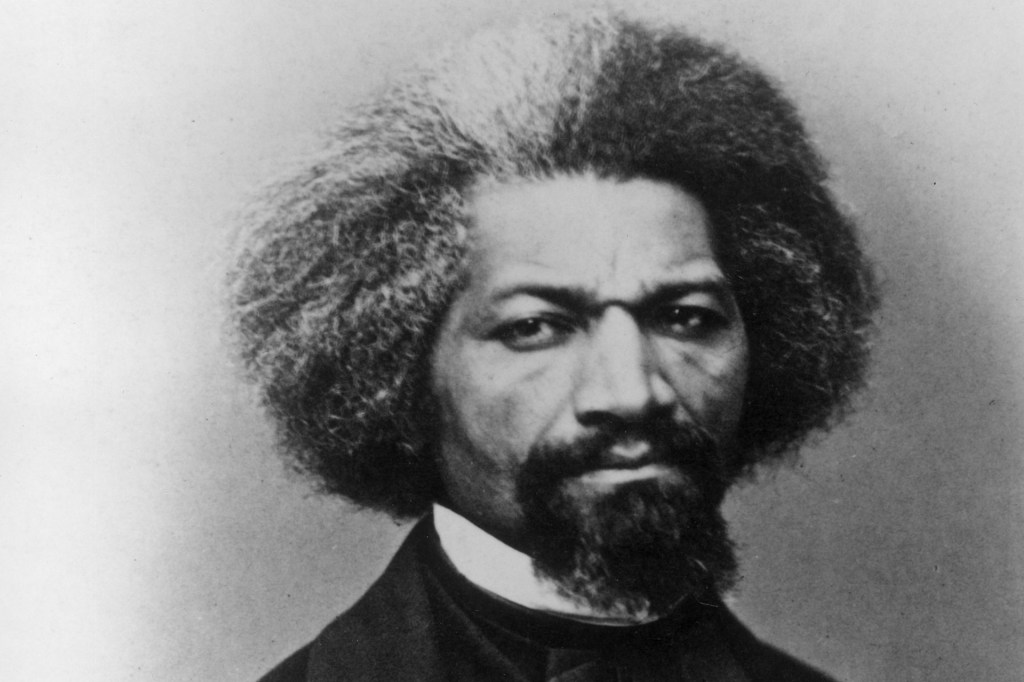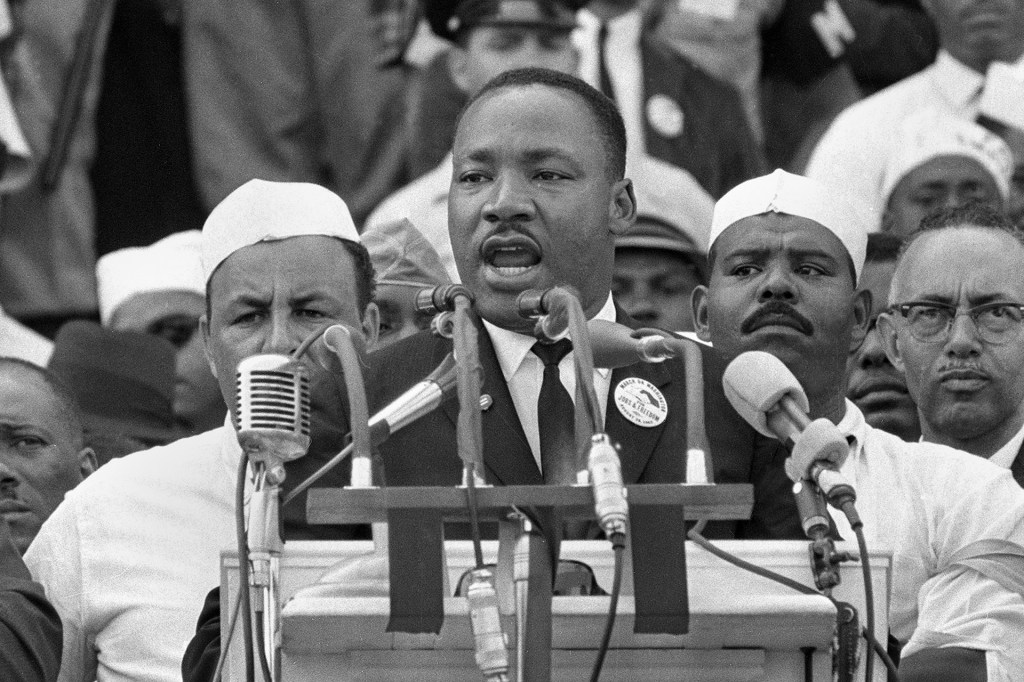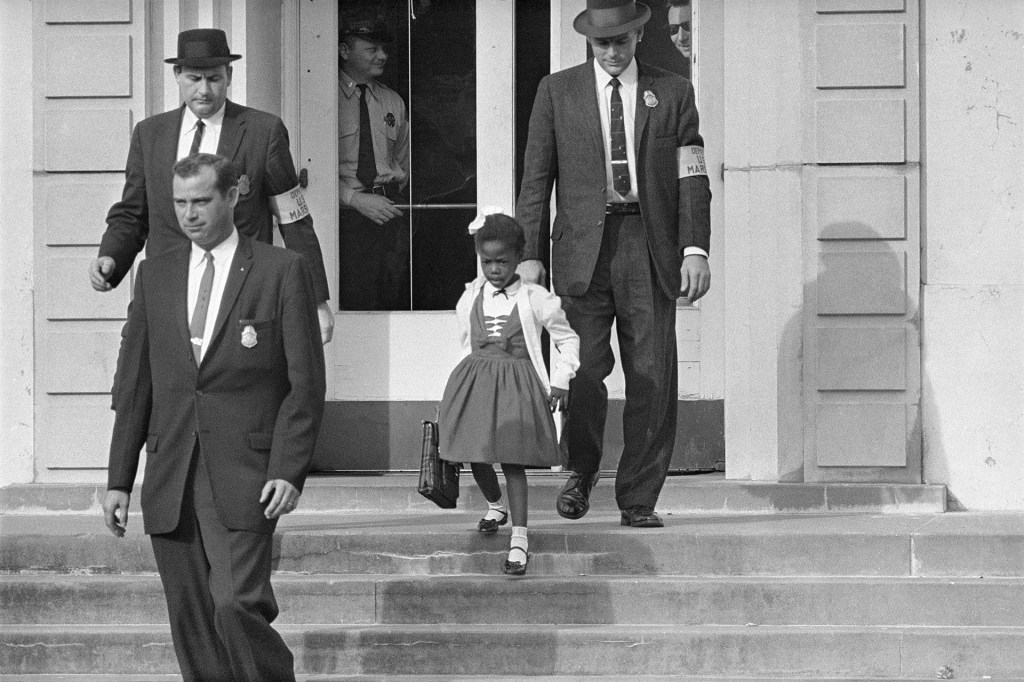Abraham Lincoln
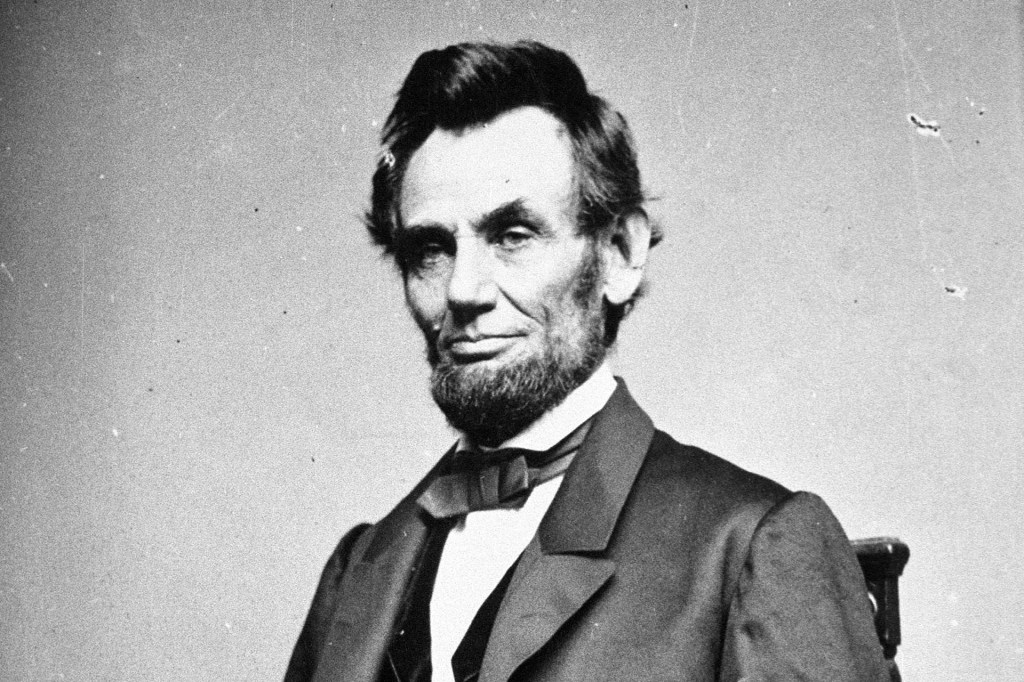
Abraham Lincoln (February 12, 1809–April 15, 1865) was the 16th president of the United States. He led the country through the Civil War and worked to end slavery. His life was cut short early in his second term when he was assassinated.
Abraham Lincoln was born to uneducated farmers. They lived in a one-room log cabin in Hodgenville, Kentucky. The family later moved to southern Indiana. Throughout Lincoln’s life, he demonstrated that anyone can achieve greatness. But it requires dedication and hard work. Lincoln attended school for no more than a year. He was an avid
avid
 MARKUS WEGMANN/GETTY IMAGES
very enthusiastic
(adjective)
As an avid soccer fan, she wrote to all her favorite players.
reader, however. He did not attend law school. Instead, he studied on his own. He became an attorney in 1836.
MARKUS WEGMANN/GETTY IMAGES
very enthusiastic
(adjective)
As an avid soccer fan, she wrote to all her favorite players.
reader, however. He did not attend law school. Instead, he studied on his own. He became an attorney in 1836.
As a lawyer, Lincoln earned a reputation for being clever, fair, and honest. Five years after moving to Springfield, Illinois, he married Mary Todd. They eventually had four children: Robert, Eddie, Willie, and Tad.
In 1834, Lincoln won the first of four consecutive
consecutive
 HERO IMAGES/GETTY IMAGES
following one after another
(adjective)
Jason has been late to practice for three consecutive days.
elections to the Illinois State Legislature. He then served one term in the U.S. House of Representatives, from 1847 to 1849. In 1858, he ran unsuccessfully for the U.S. Senate. During the race, he debated Stephen Douglas seven times. Lincoln gained national attention for his skills as an orator
orator
HERO IMAGES/GETTY IMAGES
following one after another
(adjective)
Jason has been late to practice for three consecutive days.
elections to the Illinois State Legislature. He then served one term in the U.S. House of Representatives, from 1847 to 1849. In 1858, he ran unsuccessfully for the U.S. Senate. During the race, he debated Stephen Douglas seven times. Lincoln gained national attention for his skills as an orator
orator
 CAIAIMAGE/SAM EDWARDS—GETTY IMAGES
a public speaker
(noun)
Her skills as an orator helped her inspire the audience.
. Two years after losing the Senate race, he made a remarkable comeback. He was elected president.
CAIAIMAGE/SAM EDWARDS—GETTY IMAGES
a public speaker
(noun)
Her skills as an orator helped her inspire the audience.
. Two years after losing the Senate race, he made a remarkable comeback. He was elected president.
Defender of the Union
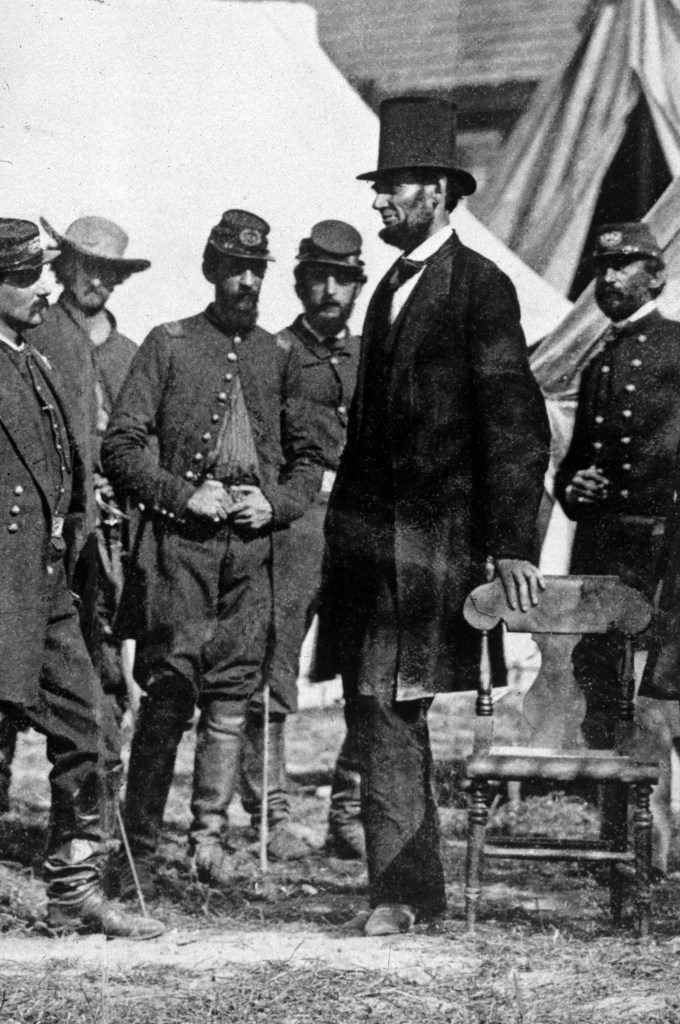
President Abraham Lincoln meets with Union army General George McClellan at his headquarters on the battlefield of Antietam in Maryland, October 1862.
MPI/GETTY IMAGESLincoln was inaugurated in 1861. At the time, there were rising tensions in the U.S. The country was split over states’ rights and slavery. President Lincoln opposed slavery. So did many lawmakers in the North. But Southern landowners depended on slave labor for their farms. They demanded that slavery remain legal. Within months of Lincoln’s taking office, seven states broke away from the Union. They formed the Confederate States of America. Later, four more states joined the Confederacy. Lincoln was determined to keep the union intact
intact
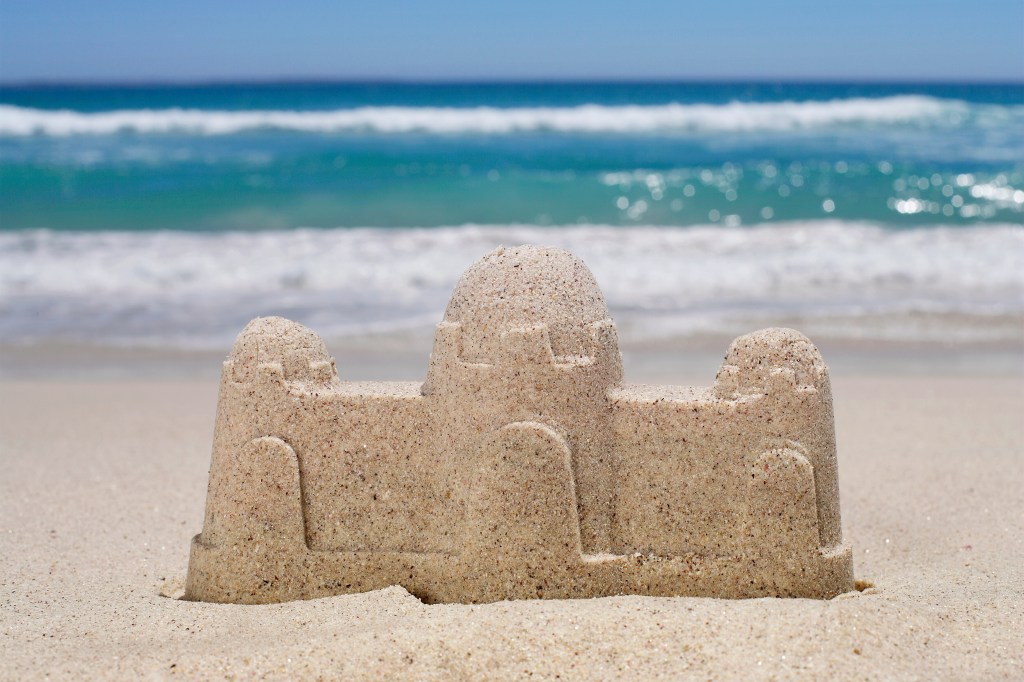 JUICE IMAGES/GETTY IMAGES
not harmed or damaged
(adjective)
The sandcastle remained intact because she built it away from the water.
. But he knew that it likely meant going to war with the states that had seceded
secede
JUICE IMAGES/GETTY IMAGES
not harmed or damaged
(adjective)
The sandcastle remained intact because she built it away from the water.
. But he knew that it likely meant going to war with the states that had seceded
secede
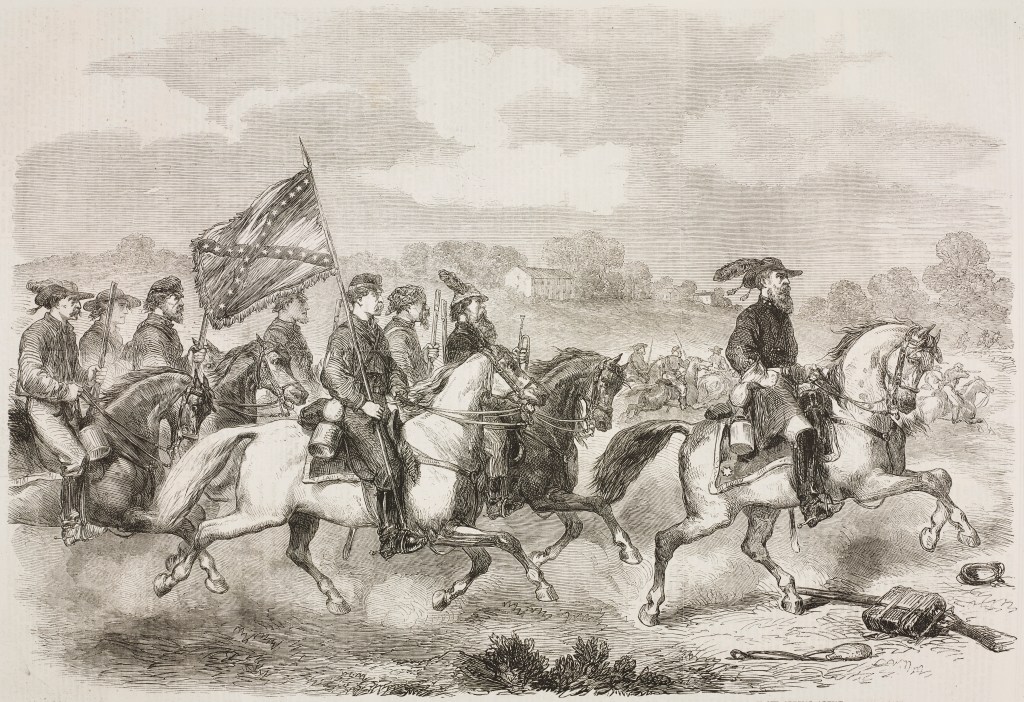 DE AGOSTINI/BIBLITECA AMBROSIANA—GETTY IMAGES
to officially leave a group or an organization
(verb)
Southern states seceded from the Union during the Civil War.
.
DE AGOSTINI/BIBLITECA AMBROSIANA—GETTY IMAGES
to officially leave a group or an organization
(verb)
Southern states seceded from the Union during the Civil War.
.
The North and South fought the Civil War. It lasted four years. It remains the deadliest conflict ever fought by Americans. An estimated 620,000 soldiers died in the fighting. That was about 2% of the country’s population. The bloodiest battle of the war took place in Gettysburg, Pennsylvania. It was fought from July 1 to 3, 1863. More than 50,000 Union and Confederate troops died.
Months after the battle, a cemetery was created to honor the Union soldiers who had died. The dedication was held on November 19, 1863. President Lincoln attended the ceremony. There, in front of 15,000 people, he delivered the Gettysburg Address. It is now considered a key moment in U.S. history. In the speech, Lincoln explained why it was important to preserve the union. He said that the U.S. represented the ideas of democracy and self-government. Lincoln promised that “government of the people, by the people, for the people, shall not perish from the earth.”
The Great Emancipator
As the Civil War raged on, the end of slavery became a key war aim for Lincoln. On January 1, 1863, he signed the Emancipation
emancipation
the act of setting someone free
(noun)
Your emancipation from your parents comes when you turn 18.
Proclamation. The document freed the slaves in the states that had seceded from the Union. Lincoln later played a major role in the addition of the 13th Amendment to the Constitution. The amendment formally abolished
abolish
 MONASHEE FRANTZ/GETTY IMAGES
to do away with completely; to put an end to
(verb)
The principal abolished the school uniform policy so students could dress more creatively.
slavery in the U.S. It was passed by Congress on January 31, 1865. The states ratified
ratified
MONASHEE FRANTZ/GETTY IMAGES
to do away with completely; to put an end to
(verb)
The principal abolished the school uniform policy so students could dress more creatively.
slavery in the U.S. It was passed by Congress on January 31, 1865. The states ratified
ratified
 WESTEND61/GETTY IMAGES
to make an agreement official by signing it or formally accepting it
(verb)
Your parents must ratify your vacation plans before they become official.
the amendment on December 6, 1865. Lincoln did not live to see the ratification.
WESTEND61/GETTY IMAGES
to make an agreement official by signing it or formally accepting it
(verb)
Your parents must ratify your vacation plans before they become official.
the amendment on December 6, 1865. Lincoln did not live to see the ratification.
Lincoln was reelected in 1864. The Civil War was still being fought. But Lincoln called for the North and the South to forgive each other. “With malice toward none; with charity for all,” he said in his second inaugural address. It was delivered on March 4, 1865. “Let us strive on to finish the work we are in, to bind up the nation’s wounds, to care for him who shall have borne the battle and for his widow and his orphan.” Lincoln urged all Americans “to do all which may achieve and cherish a just and lasting peace among ourselves and with all nations.”
The following month, on April 9, Confederate general Robert E. Lee surrendered to Union general Ulysses S. Grant. The Civil War was coming to an end. The U.S. would remain intact as one nation. Lincoln had accomplished his goal. But on April 14, he was assassinated by John Wilkes Booth. Lincoln was attending a play at Ford’s Theatre, in Washington, D.C. Upon his death, Lincoln’s secretary of war, Edwin M. Stanton, is believed to have said, “Now he belongs to the ages.”
Today, Abraham Lincoln is widely revered as one of the greatest U.S. presidents. His face is on the penny, the $5 bill, and Mount Rushmore, in South Dakota. The Lincoln Memorial, in Washington, D.C., is one of the most visited monuments in the capital. Across the U.S. and around the world, people continue to look to Lincoln as an inspiration.





